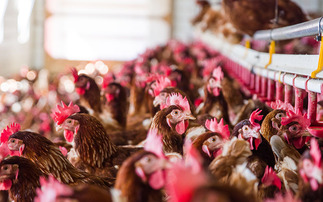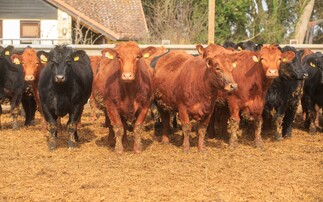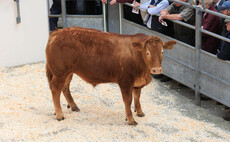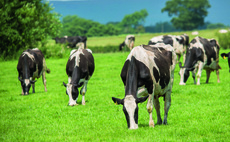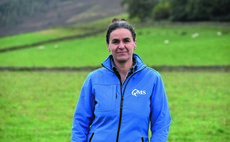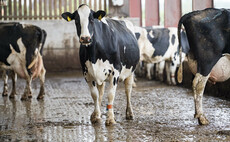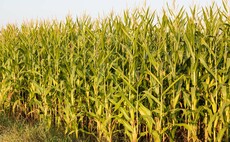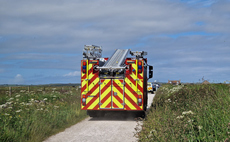
Whether you are a first-time handler or an experienced in showing, there is a lot to remember.
�������� Guardian are sharing their top tips to make sure both you and your sheep are looking tip top.
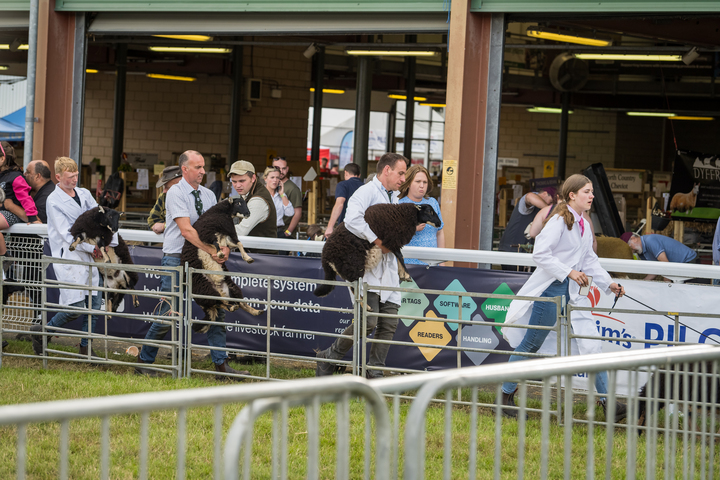
Fit for the ring
Take care when selecting your animal and make sure the handler is capable of handling the sheep in the ring. Think about whether it is a suitable size and about its temperament.
Despite the judging being on the handling skills, the animal is being handled as if it is being judged. Part of this is being able to see the animal's locomotion, so squeeze in some halter training before the show.
TOP TIP
When halter training, practice putting the halter on correctly as this can be one of the tasks you are asked to perform in the ring.
The halter should sit halfway up the nose and not be cutting into the sheep's eyes. The lead should also sit on the handler's side, which is the left.
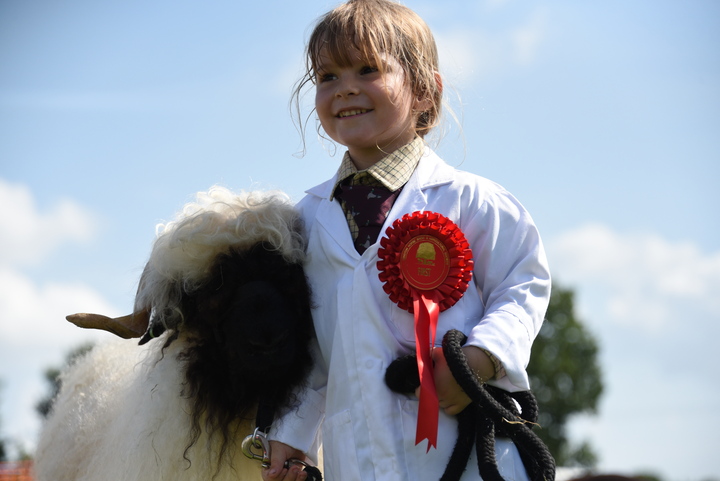
Fix up, look sharp
Preparation applies to both the animal and the handler.
The animal should be clean, with any dirt brushed out so the fleece is smooth. Wash and wipe out any stains on the legs and head.
For the handler, a white coat is required at most shows, but only wear it before you go into the ring so it does not get dirty while preparing.
A shirt and tie are liked by most judges with tidy trousers and boots or shoes. If you wear a hat, make sure you have clear vision.

Ring etiquette
The judge will be watching you from the minute you enter the ring.
Keep an eye on the judge as much as you can and listen to the steward to make sure you are doing as they request.
As the judge moves around, you adjust your position slightly so you can still see the judge and your sheep.
Head carriage
The head should be held in a natural position, not too high with the nose in the air and not too low.
To show the animal's head off well, try not to wrap your fingers around its jaw.
Standing the sheep up
Stand your sheep up square and not too stretched and allow room between you and your competitors so that you are not squashed.
TOP TIP
Exhibitors will be asked to set up the sheep several times to test how well and how quickly handlers can set up their animal. Get some practice in with your animal to make it a smooth process.
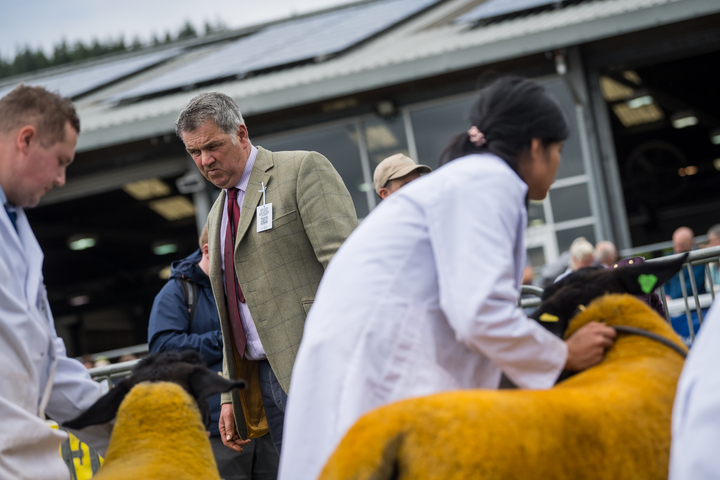
Individual inspection
The judge is like to inspect the sheep, so hold the sheep still and place your leg in front of the sheep to stop it from jumping forward.
The judge will view the animal from various angles - at this point, you should stand to the side of the sheep leaving a reasonable gap between you and the animal, so that the judge can get a full view.
When you parade the sheep, move slowly and keep one eye on the judge and one on your path. When you turn, move around the sheep to show it off.
Most judges will ask you questions, but do not be shy they will not bite.
Try to speak clearly and give accurate concise answers. If you are not sure, do not be afraid to say that.
Questions can include questions about you, about the breed, age and sex of your animal and what you have done to prepare the sheep.
Confidence will come with time, but preparing your sheep beforehand will often help with the answers.
And most of all, have fun!





